Tag Archive for: professional tips
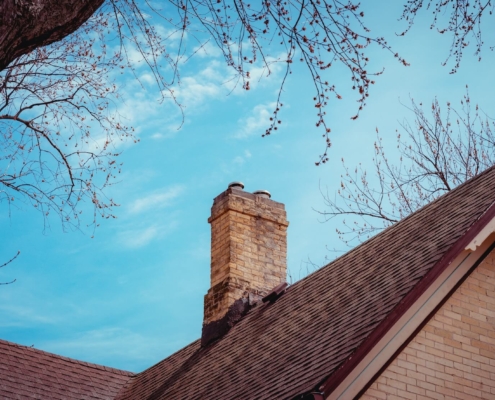
Homebuyer Beware: Spot These 6 Signs of Chimney Damage Before You Buy
/
0 Comments
Owning a home is a dream most people have and work towards. While…
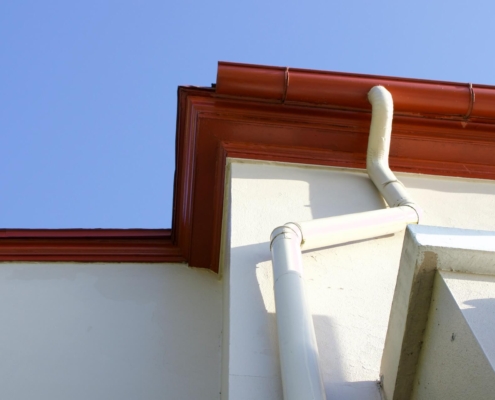
4 Types of Gutters That Will Transform Your Home’s Curb Appeal
Most people overlook gutters' role in a house’s appearance,…
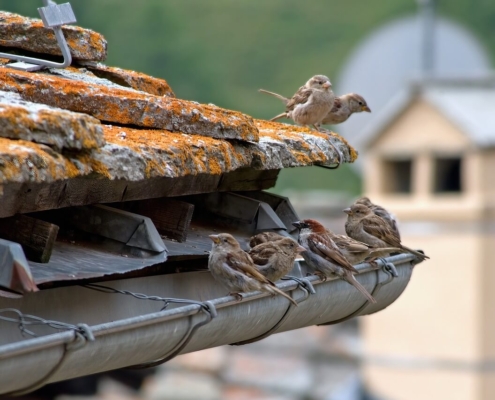
6 Most Common Gutter Problems to Look Out For
Gutter problems can affect your house & property. Let’s look at common gutter problems homeowners face & we will provide you with solutions for each!
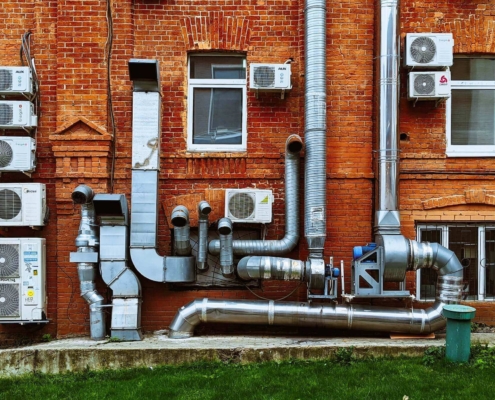
Moving into a New Home? 6 Reasons to Have the Air Ducts Cleaned
Moving into a new home? Clean the air ducts first. Discover six reasons to have the air ducts cleaned in your new home & tips on finding professional help!

HVAC Myths You Swore Were True
Believing HVAC myths is common & can raise your energy costs & shorten your equipment life. Learn about these five HVAC myths & save your hard-earned cash!

What’s That Smell? 5 Side Effects of Uncleaned Ductwork
What’s that smell? Is your HVAC producing poor air quality? See these five side effects of uncleaned ductwork, the dangers & learn how to fix these problems!
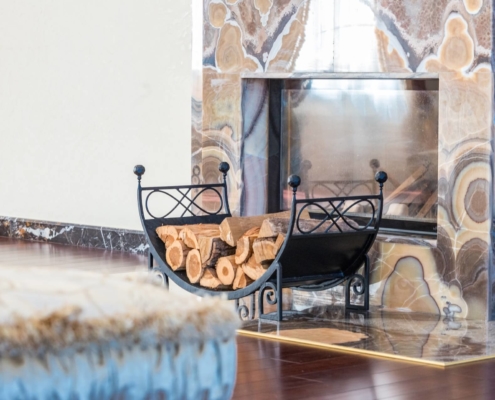
What to Ask a Chimney Professional Before Hiring Them
Regular cleaning of fireplaces and chimneys is essential. Here's what to ask a chimney professional before hiring them. Read our blog to learn more!

